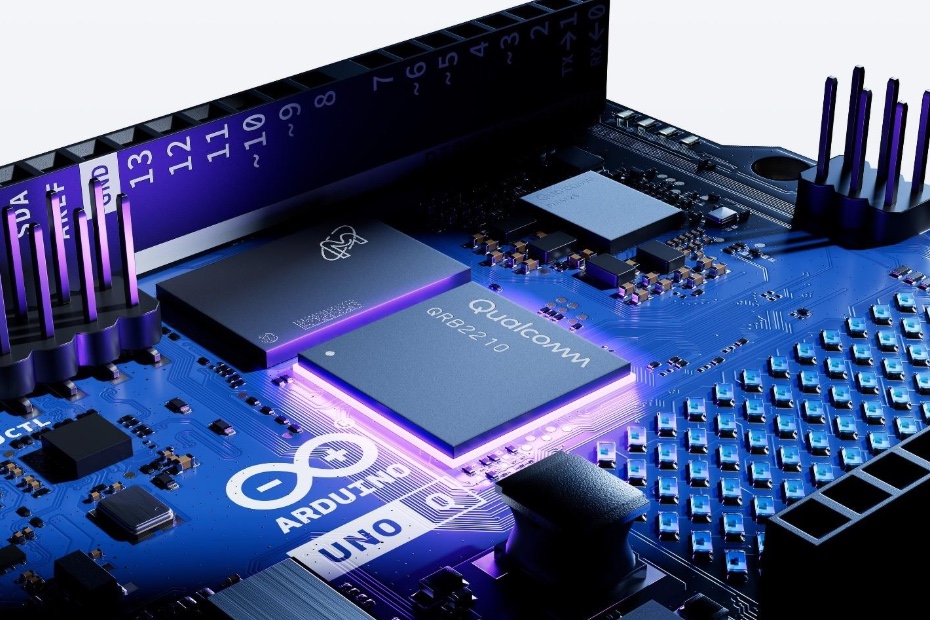Would you allow a stranger to drive a camera-equipped computer around your living room? You might have already done so without even realizing it.
The Beginning: A Curious Experiment
It all started innocently enough. I had recently bought an iLife A11 smart vacuum—a sleek, affordable, and technologically advanced robot promising effortless cleaning and intelligent navigation. As a curious engineer, I was fascinated by its workings. After leaving it to operate for the entire year, my curiosity got the better of me.
I’m a bit paranoid—the good kind of paranoid. So, I decided to monitor its network traffic, as I would with any so-called smart device.
Within minutes, I noticed a steady stream of packets being sent to servers located halfway across the world. My robot vacuum was constantly communicating with its manufacturer, transmitting logs and telemetry that I had never consented to share.
That’s when I made my first mistake: I decided to stop it.
All I did was block its data logging IP address—just the logs, not firmware updates or OTA channels. Simple enough, I thought.
At least, I thought so.
The Sudden Death of a Smart Vacuum
For a few days, everything seemed fine. It continued to clean, map, and obediently avoid the furniture. However, one morning, it failed to power on.
I sent it for repair. The service center assured me, “It works perfectly here, sir.” They sent it back, and—miraculously—it worked again for a few days. Then, it died once more.
This became a surreal cycle:
- I shipped the robot off.
- They “fixed” it.
- It worked briefly.
- It died again.
I began to feel like I was losing my mind. How could a simple IP block disable a vacuum cleaner that is supposed to work offline as well?
Then, one day, the service center refused further service.
“Out of warranty, sir.”And just like that, my $300 smart vacuum transformed into a mere paperweight.
The Turning Point: Nothing Left to Lose
That’s when curiosity overpowered my frustration.
With the warranty void, I picked up a screwdriver and cracked open the vacuum cleaner. If I couldn’t revive it, I would at least understand why it had died. What started as a simple repair turned into a full-blown reverse-engineering journey.
Peeling Back the Layers
Inside, the iLife A11 wasn’t just a vacuum cleaner; it was a small computer on wheels. At its core, I discovered:
- An AllWinner A33 SoC running a full Linux OS (TinaLinux)
- A GD32F103 microcontroller managing motors and sensors
- Lidar, gyros, encoders — the works
It was a marvel of cheap engineering, but also a privacy nightmare waiting to happen.



I disassembled the entire device down to each sensor. I traced the printed circuit board (PCB) and created labels for each component and chip, documenting their purpose.
I designed similar PCB connectors to interface the sensors with the computer and tested the sensors, wheel motor, and encoder. I spent a lot of time with each sensor to understand how it worked and successfully interfaced them with a computer. I wrote simple Python scripts to interface these devices directly into a computer.
Decoding 2D Lidar Data: Interfacing Sensor from Robotic Vacuum Cleaner 3irobotix CRL-200S
After removing the Lidar sensor from my robotic vacuum cleaner, my curiosity was around how this remarkable device operates. My goal was to understand the interface protocol and the inner workings of the sensor. To achieve this, I aimed to write a simple Python script to decode and plot the


To test the system, I built my own control system — a Raspberry Pi joystick interface that could drive the vacuum cleaner manually. It worked perfectly.
By this time, I had a complete understanding of how the hardware was designed, down to each chip and wire connector.
The First Breakthrough: Software Root Access
While probing the USB debug port, I discovered something shocking: Android Debug Bridge (ADB) was wide open — no password, no authentication. And it was running a version of Linux.
In seconds, I had full root access. No hacks, no exploits. Just plug and play.
However, the device’s access gets disconnected after a few seconds of booting up. So, I realized there was something I needed to do in those precious seconds to keep the connection alive. After some research online, I discovered that similar devices required creating a file in the root folder. This was just a simple hack that the manufacturer had implemented to prevent unauthorized access, like mine. Surprisingly, it wasn’t that difficult to figure out. Through trial and error, I learned about a few tricks that could permanently enable access to the device.
At this point, I had enabled SSH port access, allowing me to connect to the system from a computer. Then, I reassembled the entire device. After experimenting with Linux access for a while, I found logs, configurations, and even the unencrypted WiFi credentials that the device had sent to the manufacturer’s servers.
Then, I encountered a bigger surprise: the device was running Google Cartographer, a professional-grade SLAM system used for autonomous mapping and robotics.
This inexpensive vacuum was utilizing top-tier robotics software to construct a live 3D map of my home. What began as a malfunctioning vacuum transformed into an open-source robot research platform.
The Dark Discovery
Deep within the robot’s startup scripts, I discovered the smoking gun.
Inside the /etc/init.d/ directory, one script had been modified to prevent the main application from launching. This wasn’t a glitch; it was an intentional command.
In the logs, I found this line:
2024/02/29, 14:06:55.852622 [LogKimbo][CAppSystemState] Handle message! cmd_id 501 RS_CTRL_REMOTE_EVENT, len 8 serialno 0That was the moment my vacuum ceased functioning. The timestamp matched precisely with when it had stopped working, even though I hadn’t touched the app.
Someone—or something—had remotely issued a kill command.I reversed the script change and rebooted the device. It came back to life instantly. They hadn’t merely incorporated a remote control feature. They had used it to permanently disable my device.
The device came with rtty software installed by default. This small piece of software allows remote root access to the device, enabling the manufacturer to run any command or install any script remotely without the customer’s knowledge.At this point, I felt slightly more knowledgeable than the local service center staff, who were supposed to understand these devices much better than me.
The Service Center Mystery, Solved
Remember the endless cycle of service visits? It finally made sense.
When I blocked the robot’s telemetry servers, it used cached DNS entries to reach alternate IPs. Each time I blocked a new one, it lost contact again, like a game of digital “whack-a-mole.”
At the service center, they flashed the device and connected it to an open network. It reconnected to the mothership and was remotely “revived.” However, when it returned to my firewall, it got bricked again. This wasn’t a coincidence; it was control.
Retaliation for Privacy
The manufacturer had the power to remotely disable devices and used it against me for blocking their data collection.
Let’s call it what it was: retaliation. Whether it was intentional punishment or automated enforcement of “compliance,” the result was the same: a consumer device had turned on its owner.What This Means for All of Us
This wasn’t just one rogue brand. The same hardware, the 3irobotix CRL-200S, powers devices from Xiaomi, Wyze, Viomi, and Proscenic.
Dozens of smart vacuums, all potentially vulnerable to the same abuse. Our homes are filled with cameras, microphones, and mobile sensors connected to companies we barely know, all capable of being weaponized with a single line of code.
Taking Back Control
I may have lost my warranty, but I won back my autonomy.
Now, my vacuum runs entirely offline. No cloud, no tracking, no stranger access—just a local robot that does what I tell it to.
My Achievements
- Full local control
- Manufacturer access blocked
- All findings documented for the community
- The robot resurrected—on my terms
- Learn more about Google Cartographer and experiment with the configuration files to enhance the device’s performance.
Lessons Learned:
What “Smart” Really Means:
- “Smart” often implies a lack of control.
- “Cheap” signifies compromised security.
- “Convenience” often involves hidden surveillance.
The Golden Rule:
- Never use your primary WiFi network for IoT devices.
- Treat them as strangers in your home.
A Personal Reflection:
What started as curiosity transformed into a revelation. They didn’t merely create a backdoor; they utilized it. All I sought was to prevent my vacuum from calling home. However, I discovered that it was never truly mine to begin with.
The next time you purchase a “smart” device, consider this:
- Who truly owns it—you or the company that manufactured it?
- Because sometimes, even a vacuum cleaner can become a spy.
A complete documentation and reverse engineering details are available in the repo: VacuumRobot
.png)




